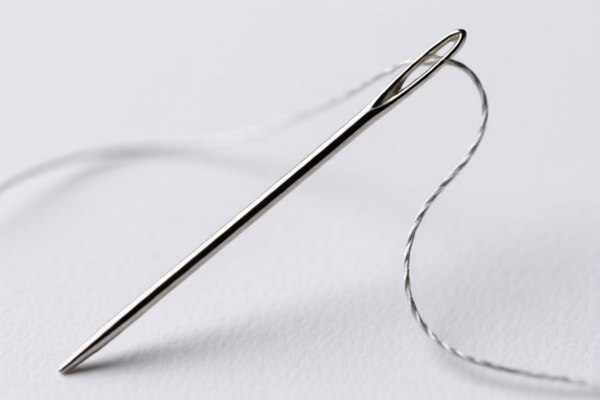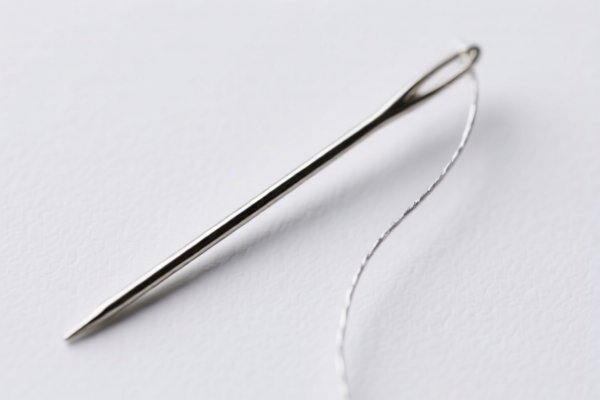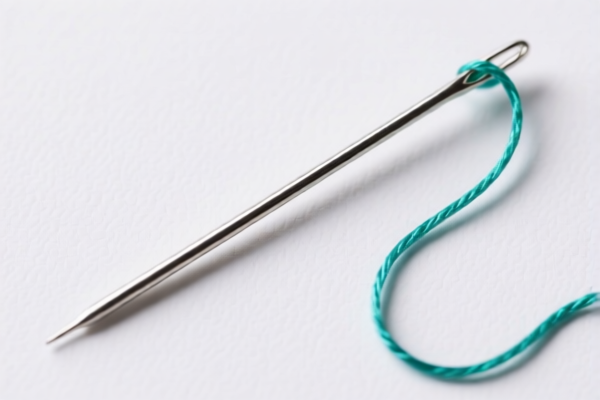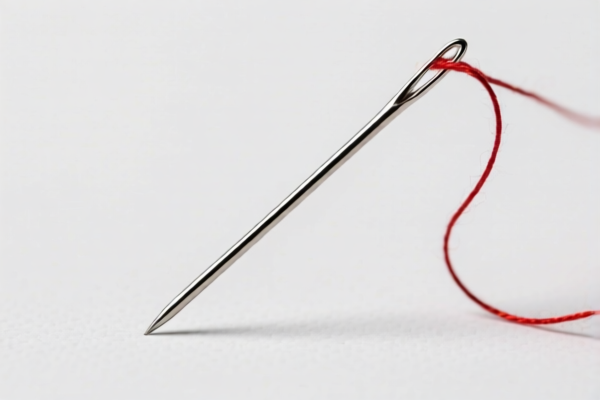| HS Code | Official Doc | Tariff Rate | Origin | Destination | Effective Date |
|---|---|---|---|---|---|
| 8452300000 | Doc | 37.5% | CN | US | 2025-05-12 |
| 8487900080 | Doc | 83.9% | CN | US | 2025-05-12 |
| 8487900040 | Doc | 58.9% | CN | US | 2025-05-12 |




Coffee Needle
A coffee needle, also known as a hypodermic coffee needle or coffee injector, is a specialized tool used to inject small amounts of concentrated coffee extract directly into espresso-based drinks. It is primarily employed by competitive baristas and coffee enthusiasts seeking precise control over flavor profiles and crema layering in their beverages.
Material:
- Stainless Steel: The needle itself is almost universally constructed from food-grade stainless steel, ensuring hygiene and preventing corrosion.
- Syringe Body: Typically made from plastic or glass, designed for accurate measurement and controlled injection. Some higher-end models utilize glass for improved durability and resistance to staining.
- Seals/O-rings: Silicone or rubber seals are used to maintain airtightness within the syringe mechanism.
Purpose:
The primary purpose of a coffee needle is to enhance or correct the flavor and appearance of espresso. This is achieved through:
- Flavor Boosting: Adding a concentrated shot of coffee extract to compensate for under-extraction or to intensify the overall coffee taste.
- Crema Enhancement: Injecting coffee extract beneath the crema layer to create visually appealing patterns, improve crema thickness, or add textural complexity.
- Flavor Layering: Introducing different coffee extracts to create distinct flavor layers within the drink.
- Competition Use: Used in barista competitions to meet specific competition requirements related to beverage presentation and flavor.
Function:
A coffee needle functions as a precision delivery system. The process generally involves:
- Extraction: A highly concentrated coffee extract (often referred to as a “god shot” or “dense shot”) is brewed using a specialized espresso machine and fine-tuned parameters.
- Loading: The extract is drawn into the syringe body.
- Injection: The needle is carefully inserted into the crema of the espresso, delivering a precise dose of extract. The angle and depth of insertion are crucial for achieving the desired effect.
- Layering/Mixing: The injected extract either remains as a distinct layer or is gently mixed with the existing espresso to create a blended flavor profile.
Usage Scenarios:
- Barista Competitions: The most common application, where precision and presentation are paramount.
- Coffee Research & Development: Used by coffee professionals to experiment with different extraction methods and flavor combinations.
- Specialty Coffee Shops: Some high-end shops may use coffee needles to create unique signature beverages.
- Home Enthusiasts: Advanced coffee hobbyists seeking to refine their espresso-making skills.
Common Types:
- Single-Needle Syringes: The most basic type, featuring a single needle for injecting extract. Capacity typically ranges from 0.5ml to 1ml.
- Dual-Needle Syringes: Feature two needles, allowing for simultaneous injection of different extracts or precise layering.
- Adjustable Volume Syringes: Allow for precise adjustment of the injected volume, offering greater control over flavor intensity.
- Insulated Syringes: Help maintain the temperature of the extract during injection, preventing cooling and preserving flavor.
- Needle Lengths: Needles come in various lengths to accommodate different crema thicknesses and espresso cup sizes.
Based on the provided information, “coffee needle” can be interpreted as sewing machine needles, specifically designed for sewing applications.
Here are the relevant HS codes:
-
8452300000: Sewing machines, other than book-sewing machines of heading 8440; furniture, bases and covers specially designed for sewing machines; sewing machine needles; parts thereof: Sewing machine needles.
- 84: Chapter 84 covers machinery and mechanical appliances; parts thereof.
- 52: Heading 52 specifically covers sewing machines.
- 30: Subheading 30 further narrows down to sewing machine needles and parts thereof.
-
8487900080: Machinery parts, not containing electrical connectors, insulators, coils, contacts or other electrical features, and not specified or included elsewhere in this chapter: Other Other.
- 84: Chapter 84 covers machinery and mechanical appliances; parts thereof.
- 87: Heading 87 covers parts of machinery.
- 90: Subheading 90 covers other parts not specifically mentioned elsewhere.
-
8487900040: Machinery parts, not containing electrical connectors, insulators, coils, contacts or other electrical features, and not specified or included elsewhere in this chapter: Other Oil seals, other than those of chapter 40.
- 84: Chapter 84 covers machinery and mechanical appliances; parts thereof.
- 87: Heading 87 covers parts of machinery.
- 90: Subheading 90 covers other parts not specifically mentioned elsewhere, including oil seals.
Regarding HS code 8452300000, the applicable tax rate is a base tariff of 0.0%, a surcharge of 7.5%, and a surcharge of 30% after April 2, 2025, resulting in a total tariff rate of 37.5%.
Regarding HS code 8487900080, the applicable tax rate is a base tariff of 3.9%, a surcharge of 25.0%, and a surcharge of 30% after April 2, 2025, plus an additional 25% surcharge for steel and aluminum products, resulting in a total tariff rate of 83.9%.
Regarding HS code 8487900040, the applicable tax rate is a base tariff of 3.9%, a surcharge of 25.0%, and a surcharge of 30% after April 2, 2025, resulting in a total tariff rate of 58.9%.
Customer Reviews
No reviews yet.